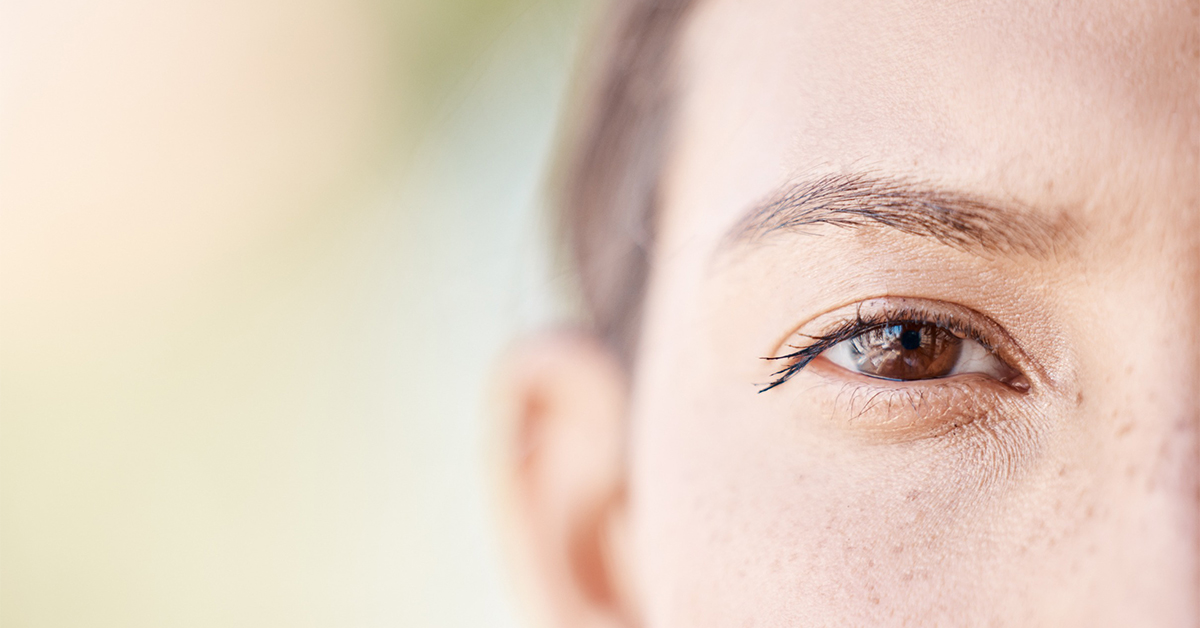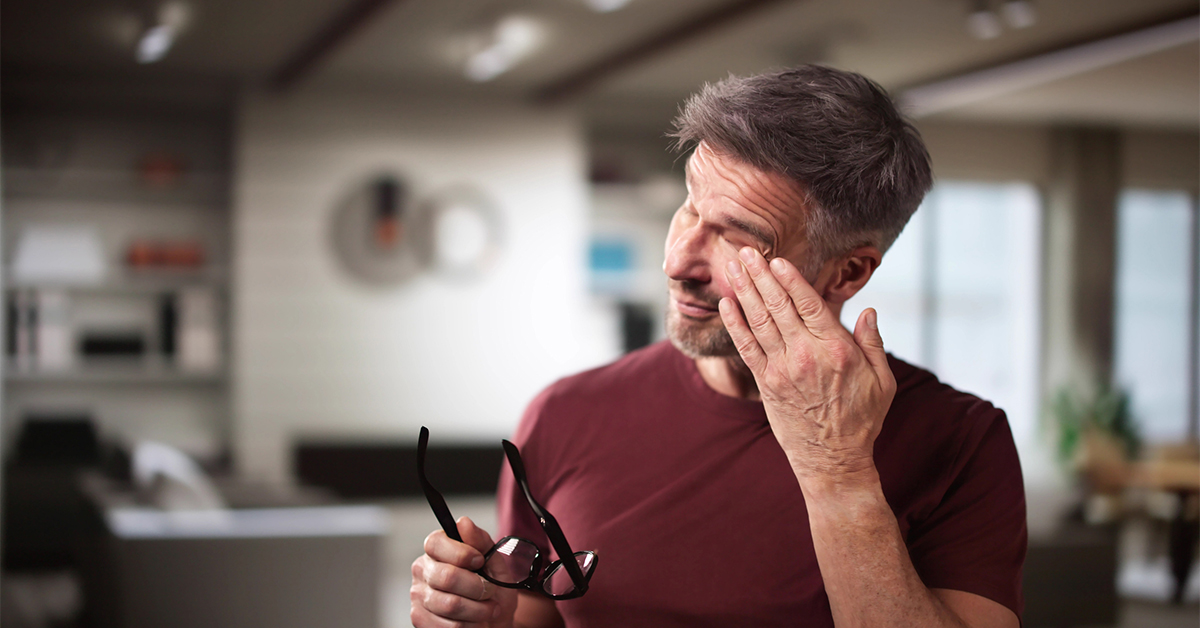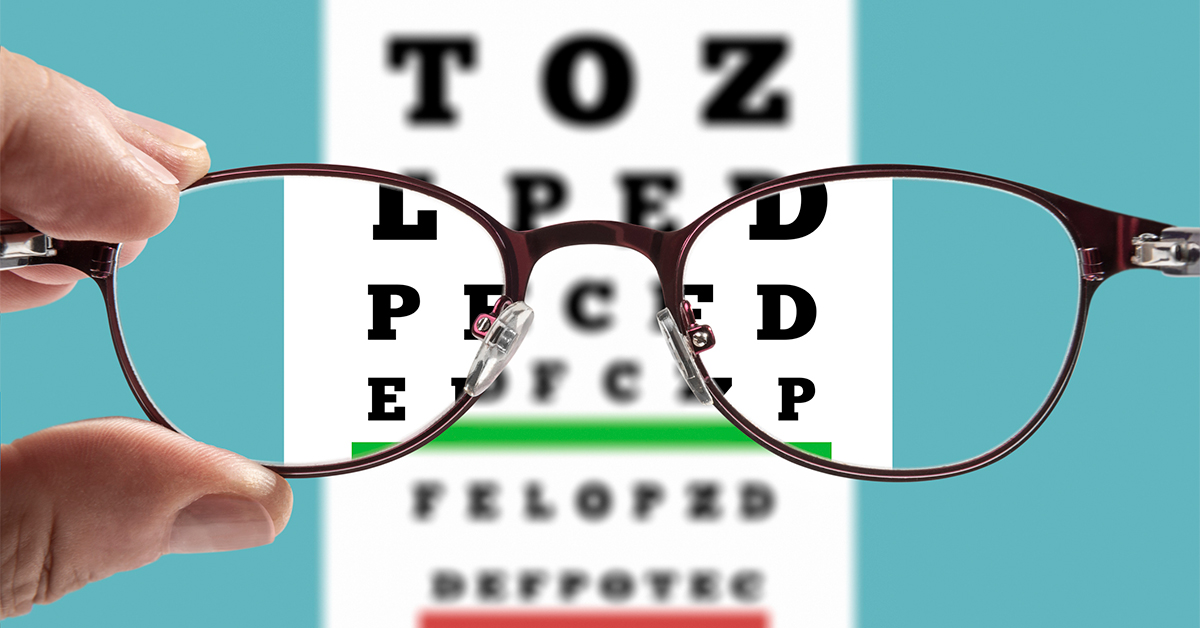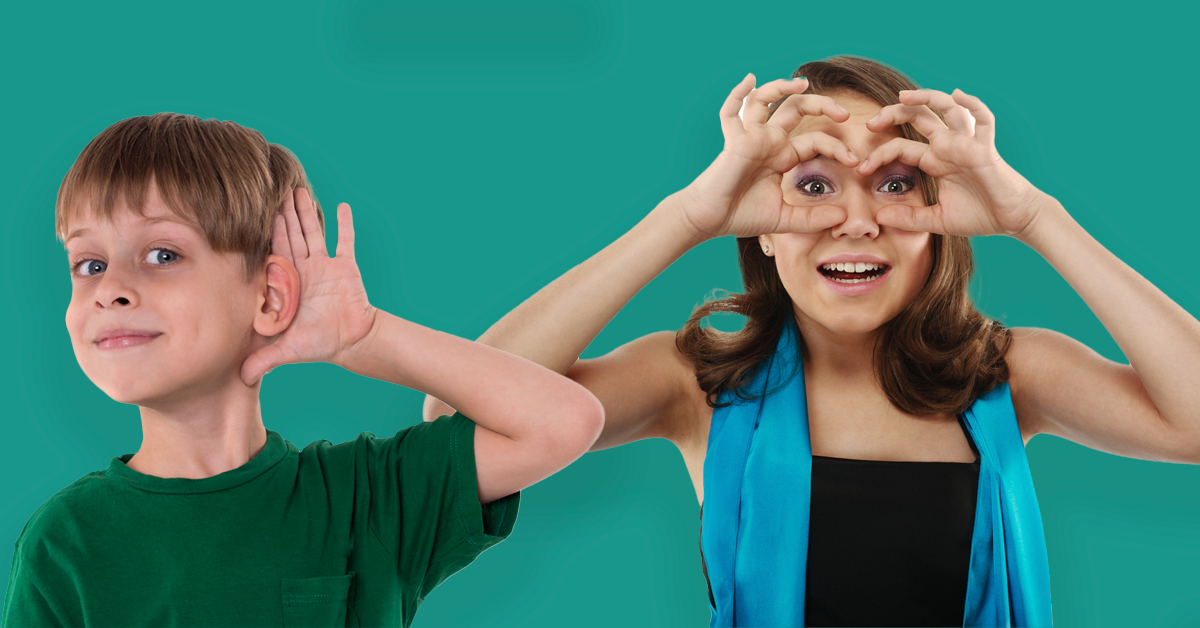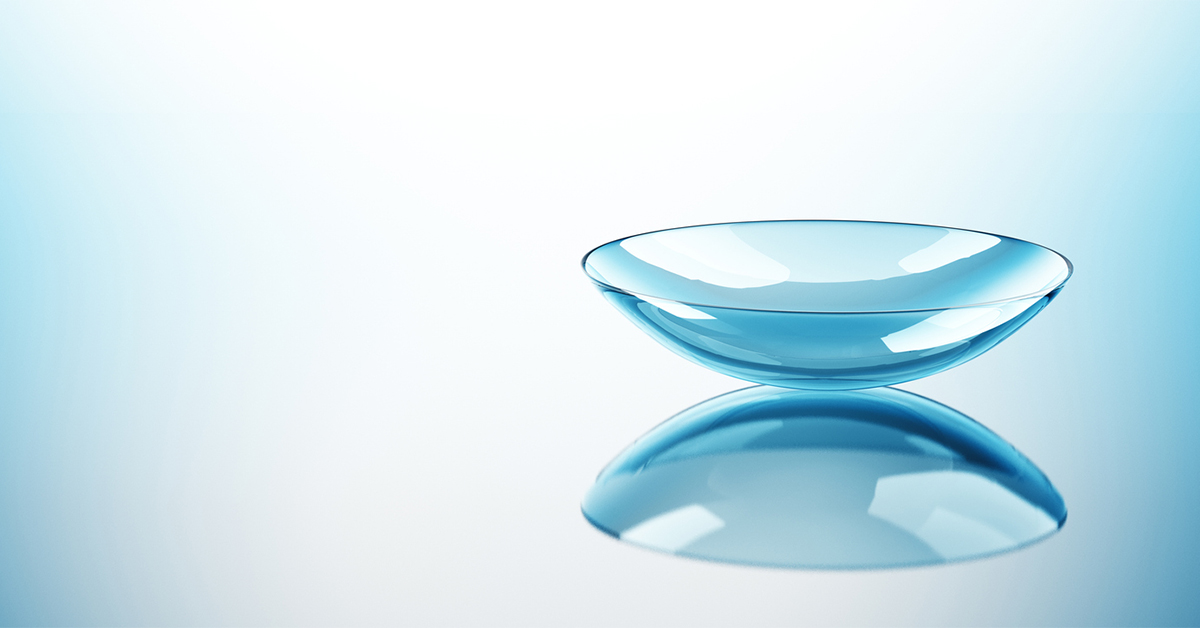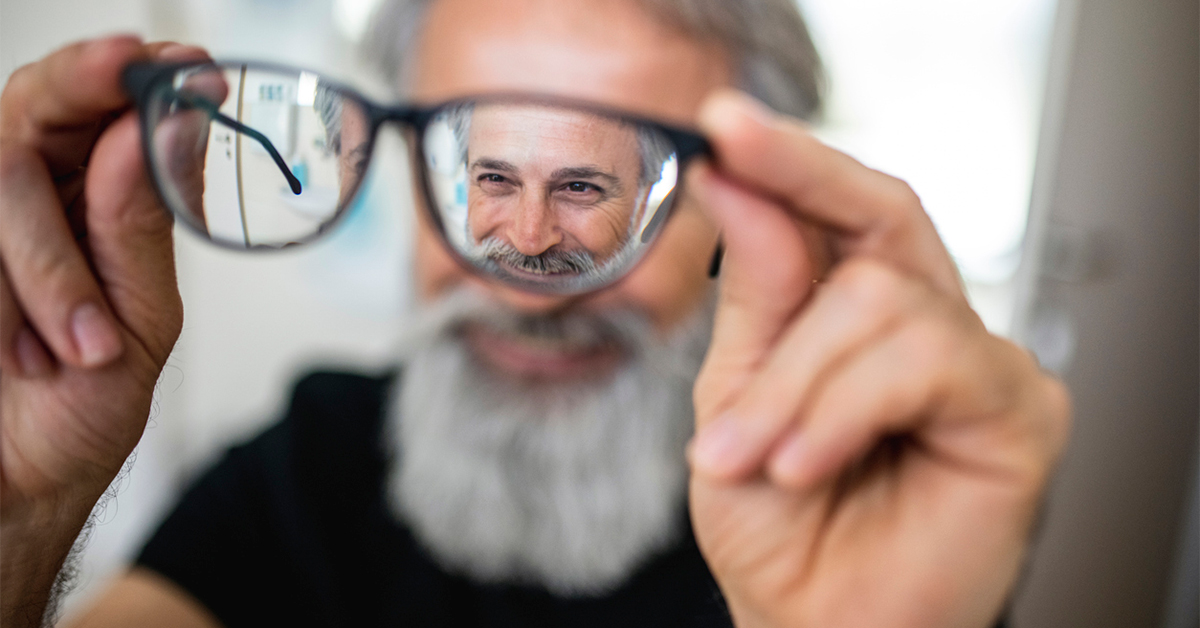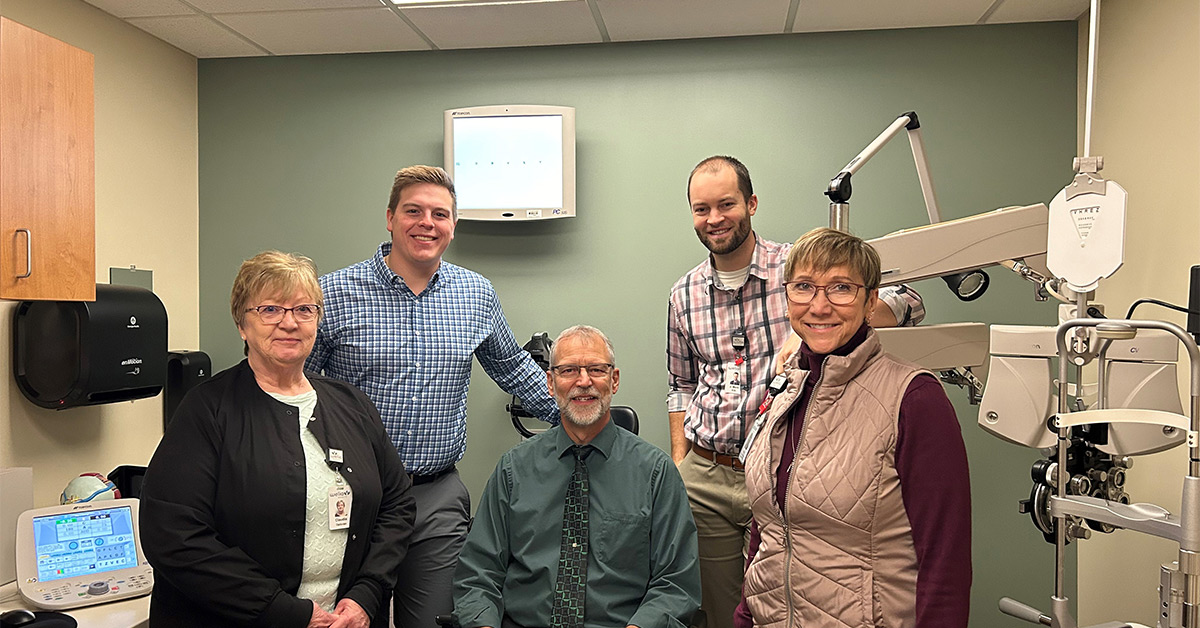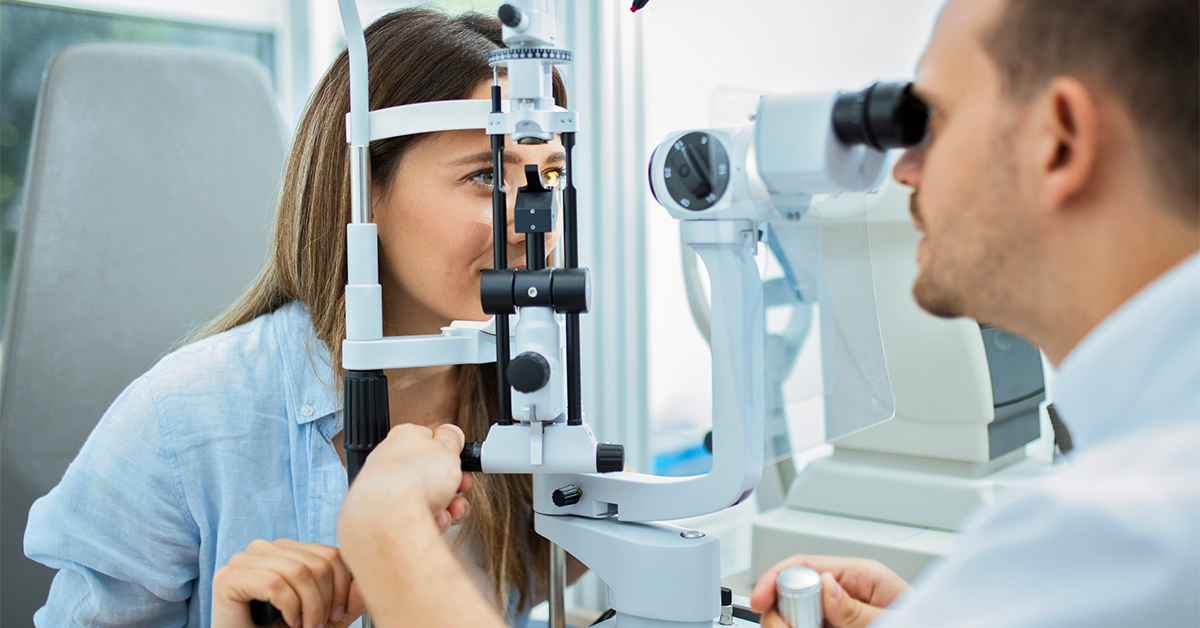Hooded eyes—whether you’ve had them all your life or noticed them more as you age—are a distinctive feature that many people share, yet they are often misunderstood. The subtle fold of skin that covers part of the eyelid, despite being a completely natural and common characteristic, is frequently seen as something to fix or hide.
What are hooded eyes?
Hooded eyes occur when the skin from the brow bone folds over the eyelid crease, partially covering the eyelid. This can be the result of genetics or age-related changes in the eye’s anatomy. Hooded eyelids are simply a facial feature, like the shape of your eyes or the curve of your lips. And just like those other features, they’re a natural part of what makes you, you.
The prevalence of hooded eyes
Hooded eyes are prevalent across various ethnicities and age groups. Statistically, they can be found in approximately 11.5% of the population, making them far from an outlier.
To check for hooded eyes, look directly into a mirror. Hooded eyes are characterized by an upper eyelid crease that is not visible. Instead, a fold of skin appears to cover it. Additionally, the skin from your brow bone may droop over the eyelid.
What causes hooded eyes?
Several factors can contribute to the development of hooded eyes, each playing a role in how they affect appearance and vision:
- Aging: As we age, our skin undergoes natural changes. One common sign of aging is the development of hooded eyes. This occurs when the skin’s underlying support structure, composed of collagen and elastin, begins to weaken. As this support diminishes, the upper eyelid can droop, casting a shadow over the eyes and making them appear smaller. Additionally, fat deposits beneath the eyes may sag, further contributing to the hooded appearance.
- Genetics: Genetics also play a crucial role in the appearance of hooded eyes. If one or both parents have hooded eyelids, their children are likely to inherit this trait. Ethnicity plays a role too. Hooded eyes are more common in people of Asian descent, but they can affect people of all ethnicities.
- Weight fluctuations: Significant weight changes can impact the skin’s ability to stretch and rebound. Both weight loss and gain can contribute to the development of hooded eyes, particularly in individuals who are more prone to loose skin.
- Medical conditions: Certain medical conditions can accentuate hooded eyelids. Thyroid eye disease and eyelid ptosis are examples of medical factors changing the appearance of the eyelid.
The impact of hooded eyes
- Visual field impairment – In some cases, hooded eyes can impact peripheral vision, especially when the lid droops significantly. Imagine doing everyday tasks like scanning a newspaper, cruising down the highway, or staring at a computer screen but struggling to focus. That’s the reality for many. An optometrist can assess whether hooded eyelids are impacting your visual field.
- Cosmetic concerns: Hooded eyelids can make the eyes look smaller, more wrinkled, and tired, affect facial balance and make the eyes look uneven. They can also make people feel self-conscious and affect their confidence. Social media feeds serve up endless make-up tutorials for hooded eyes.
“Hooded eyes are quite common. For some, they can be a cosmetic concern, but it’s important to be aware of the potential functional implications, such as reduced peripheral vision.”
Joe Mork, OD
Welia Health Optometrist
Treatment options for hooded eyes
Non-surgical options
- Botox Injections: Botox can temporarily lift the brow, reducing the appearance of hooded eyes by relaxing the muscles that pull the brow down. However, Botox is temporary and requires ongoing treatments.
- Fillers: Dermal fillers can add volume to the upper eyelid, providing a lifted look.
Without prolonged recovery, these options offer fast, visible results when cosmetic appearance is the primary concern.
Surgical options
- Blepharoplasty: This surgical procedure removes excess skin and fat from the upper eyelids, offering a more permanent solution for hooded eyes. Blepharoplasty can significantly improve both the functional and aesthetic concerns associated with hooded eyelids.
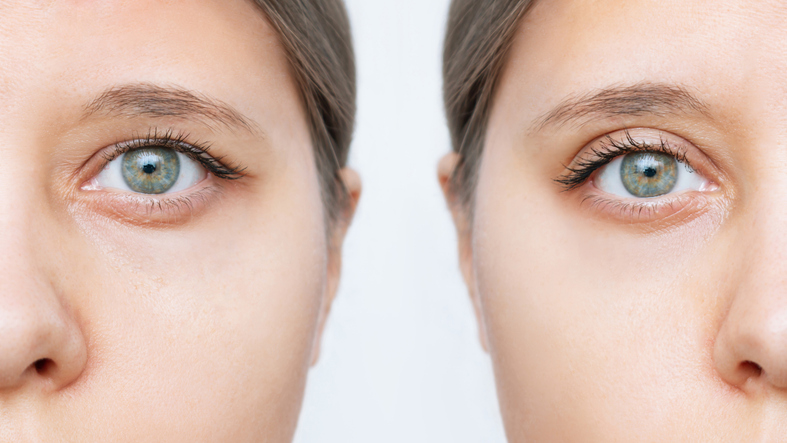
- Brow Lift: A brow lift surgically elevates the brow, reducing the hooded effect, but does not remove any of the extra eyelid skin
Each option carries its own set of risks and benefits. It’s important to talk to your provider about what options are most appropriate for you to explore.
When to seek medical advice
If you experience any of the following symptoms, it may be time to consult with your eye doctor:
- Significant vision impairment: If you notice a decrease in peripheral vision or difficulty seeing clearly an eye exam can rule out any underlying issues.
- Eyelid drooping interfering with daily activities: If your eyelids are affecting tasks like reading, driving, or using a computer, it’s important to get an evaluation.
- Persistent dryness or irritation: Hooded eyes can sometimes lead to dry eye syndrome, causing discomfort or irritation that may require medical attention.
An optometrist can assess the severity of your condition and determine the best treatment options. They may also examine any underlying medical conditions that could be contributing to the hooded appearance.
If you’re concerned about the cosmetic or functional impact of hooded eyes, the best place to start is by seeing one of Welia Health’s optometrists. Call the Eye Care Center at 320.679.2020 to schedule an appointment.


